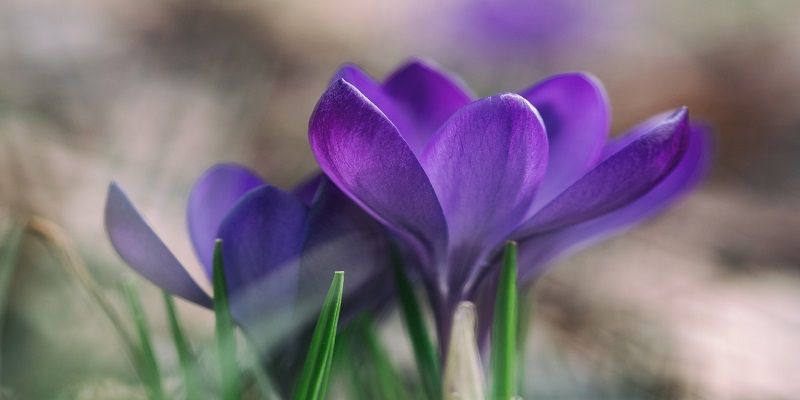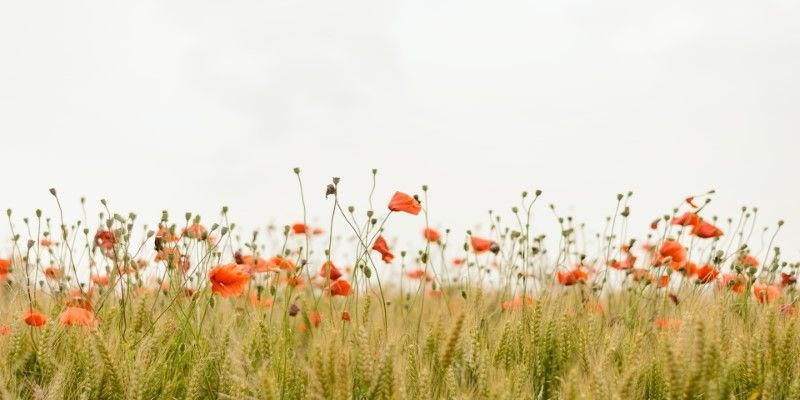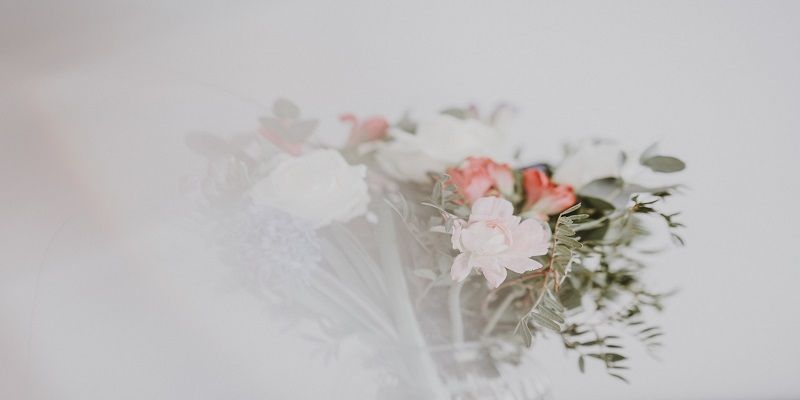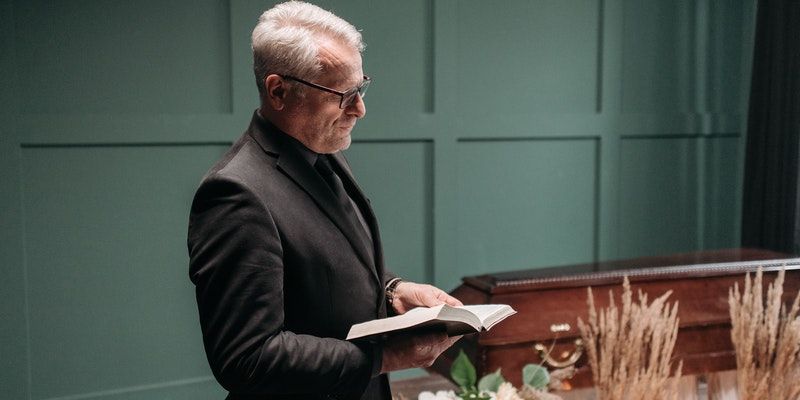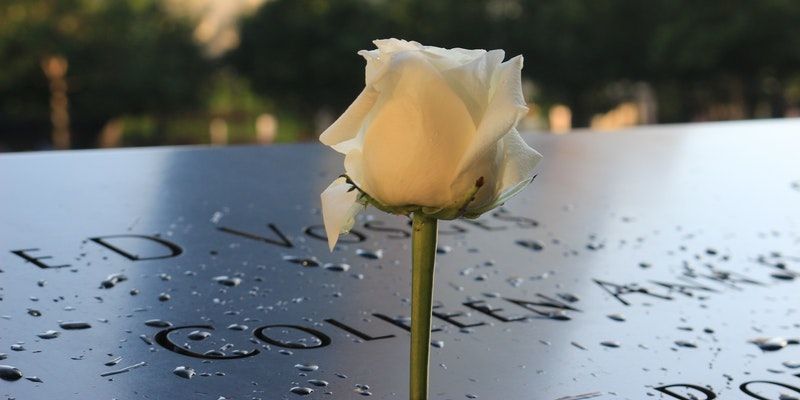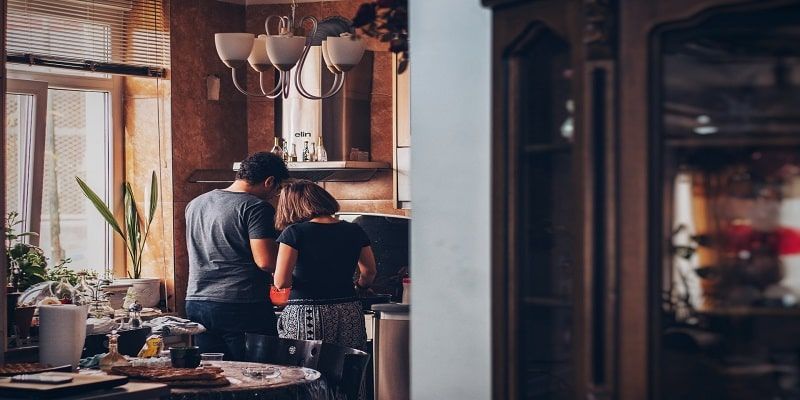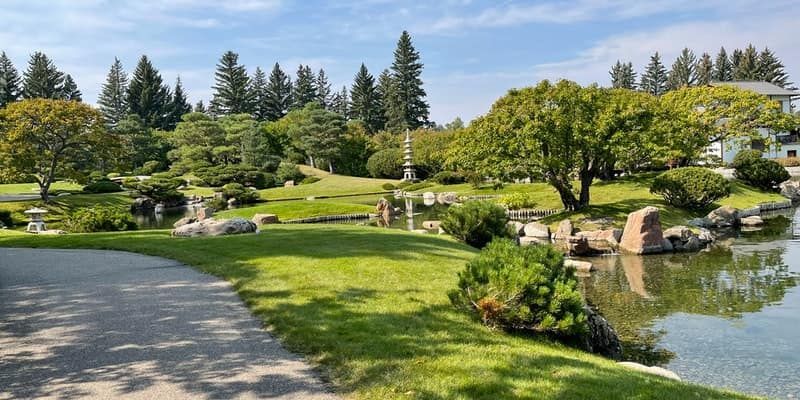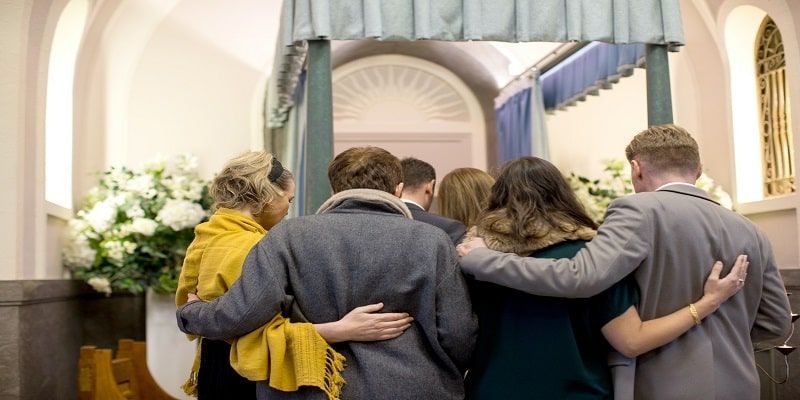What’s Involved in Casket and Urn Selection?
Discover the intricacies of casket and urn selection. Explore materials, designs, and personalization options for a meaningful choice.
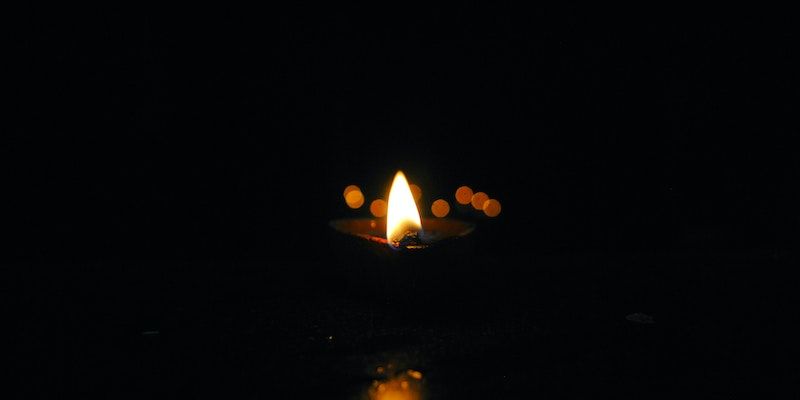
Losing a loved one is a profoundly emotional experience, and one of the most challenging aspects of this process is selecting a casket or urn. These final resting places play a significant role in commemorating the departed, and personal preferences, cultural traditions, and budget considerations often guide the choices made. In this article,
cremation services Brea, CA, will explore the critical factors involved in casket and urn selection, helping you make informed and meaningful decisions during a difficult time.
Casket Selection
1. Materials and Construction
Caskets come in various materials; the most common options are wood, metal, and fiberglass. Each material offers a unique look and durability. Wooden caskets provide a warm and traditional appearance, while metal caskets are often chosen for their sturdiness. Fiberglass caskets are an affordable option. The construction of the casket should be sturdy and well-crafted to ensure it serves its purpose effectively.
2. Design and Style
The design of the casket is a highly personal choice. There are numerous styles, from classic and ornate to simple and modern. Some caskets feature intricate carvings and decorations, while others maintain a more minimalist look. The choice often reflects the deceased's or their family's individuality and tastes.
3. Size
Caskets come in various sizes to accommodate different body types. Selecting the appropriate size to ensure comfort and a dignified appearance during the funeral service is essential.
4. Interior
The casket's interior can be personalized with different fabrics, colors, and additional features like pillows and linings. The choice of interior design can add a personal touch and comfort to the casket.
5. Personalization
Many casket manufacturers offer the option to personalize the casket with engravings, paintings, or photographs. Personalization can celebrate the life of the deceased and provide a meaningful tribute.
Urn Selection
1. Material
Urns can be made from various materials such as wood, metal, ceramic, glass, and biodegradable options like paper or salt. The material choice should align with the intended use of the urn, whether for burial, display, or spreading cremains.
2. Size
Urn sizes vary to accommodate the volume of cremated remains. Choosing an appropriately sized urn is essential based on the cremains' quantity and intended use.
3. Style and Design
Like caskets, urns come in a wide range of styles and designs. Some urns are classic and elegant, while others may have unique shapes or artistic features. The choice should reflect the deceased's or their family's personality and preferences.
4. Personalization
Personalization options for urns may include engraving, custom painting, or adding a photo. These features can make the urn a cherished and unique tribute.
5. Purpose
Consider the intended use of the urn when making a selection. Urns can be designed for various purposes, such as keeping cremains at home, burying them in a cemetery, spreading them, or even sharing portions among family members. The purpose of the urn will influence the design and material choice.
In conclusion, selecting a casket or urn is a significant decision during a difficult time. It involves considering materials, design, size, personalization, and budget. These choices should align with your preferences, the deceased's wishes, and cultural or religious considerations. cremation services Brea, CA, reminds us there is no one-size-fits-all approach; the process should reflect your love and respect for the departed. You may contact us at Community Funeral Service to learn more.

